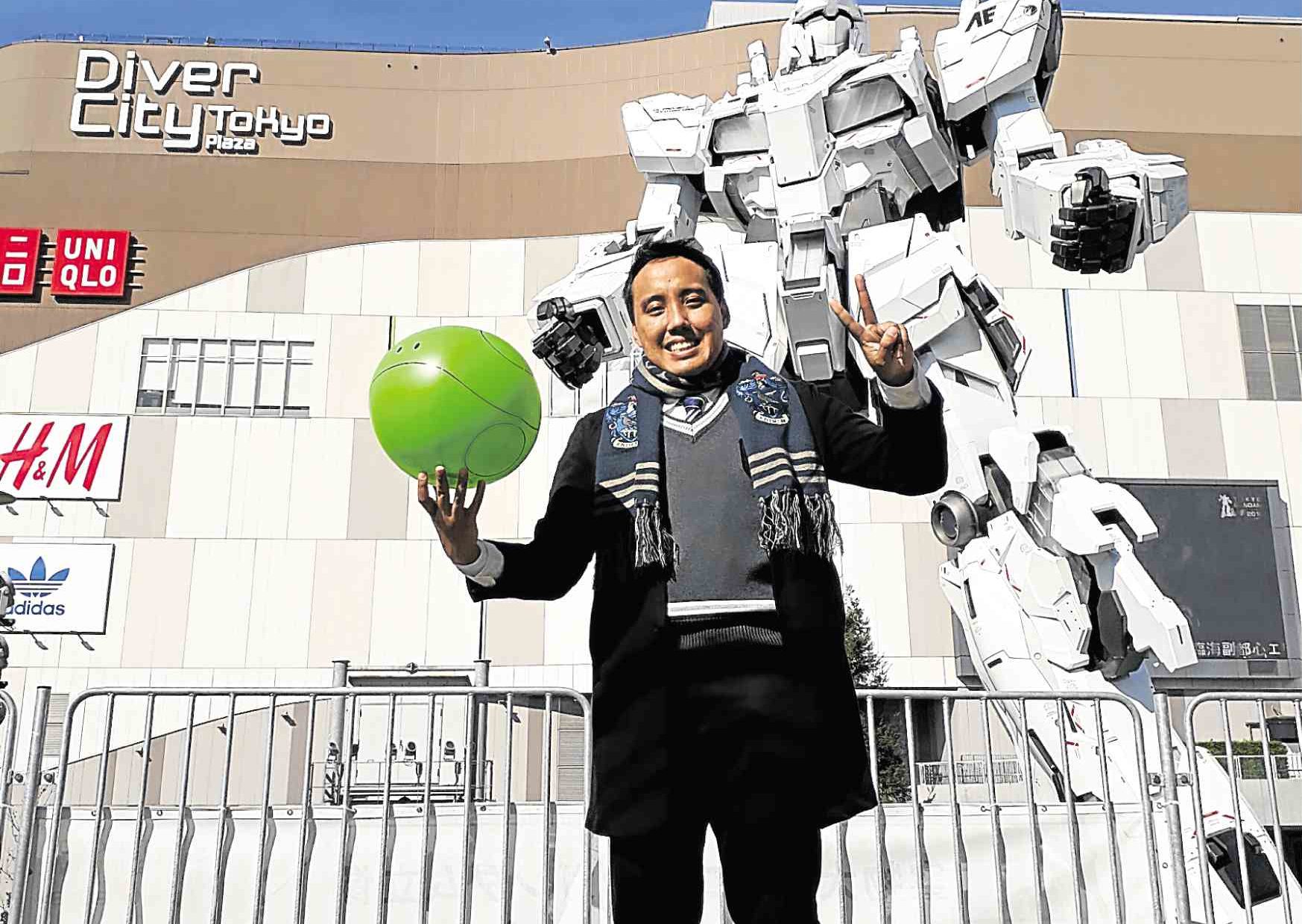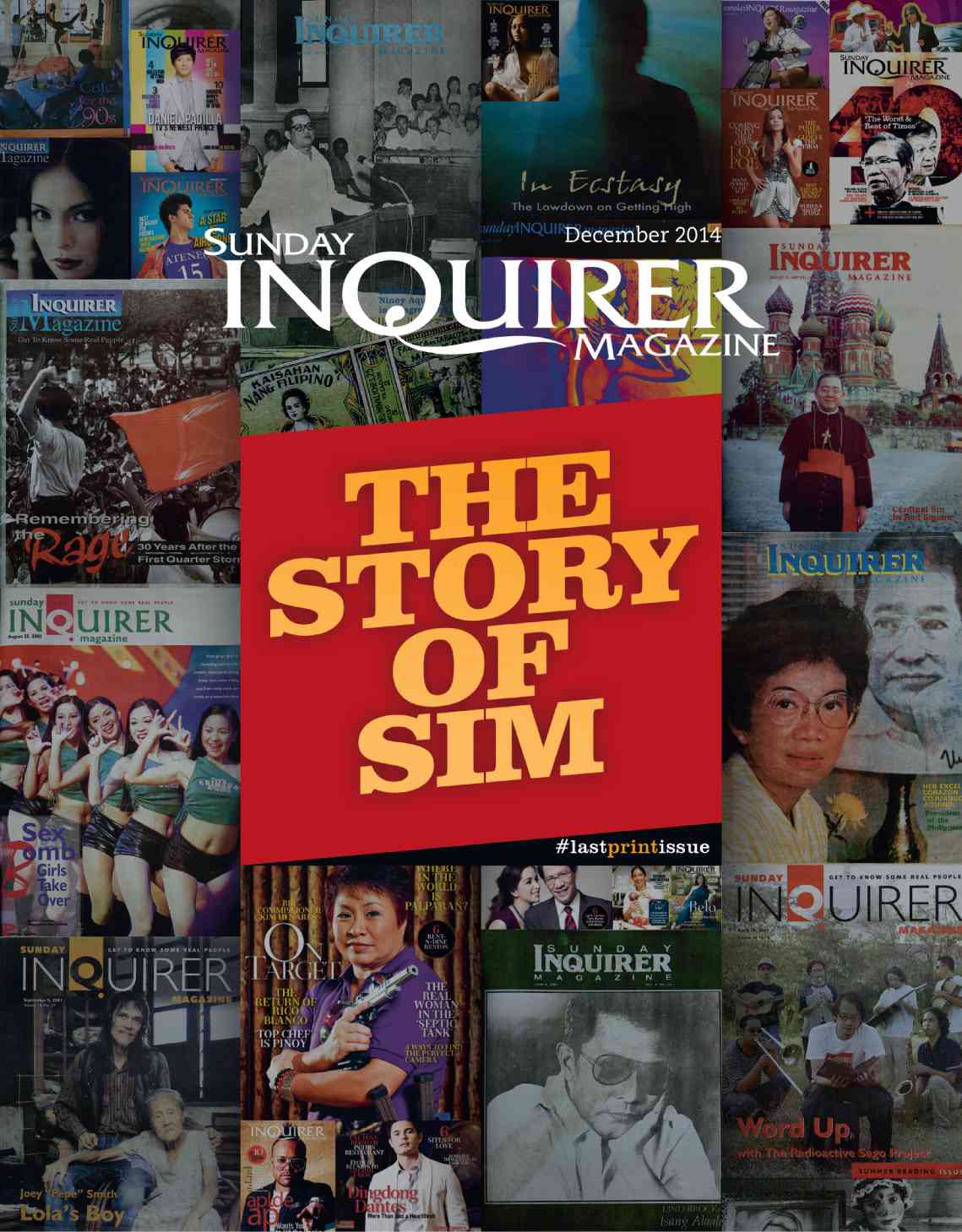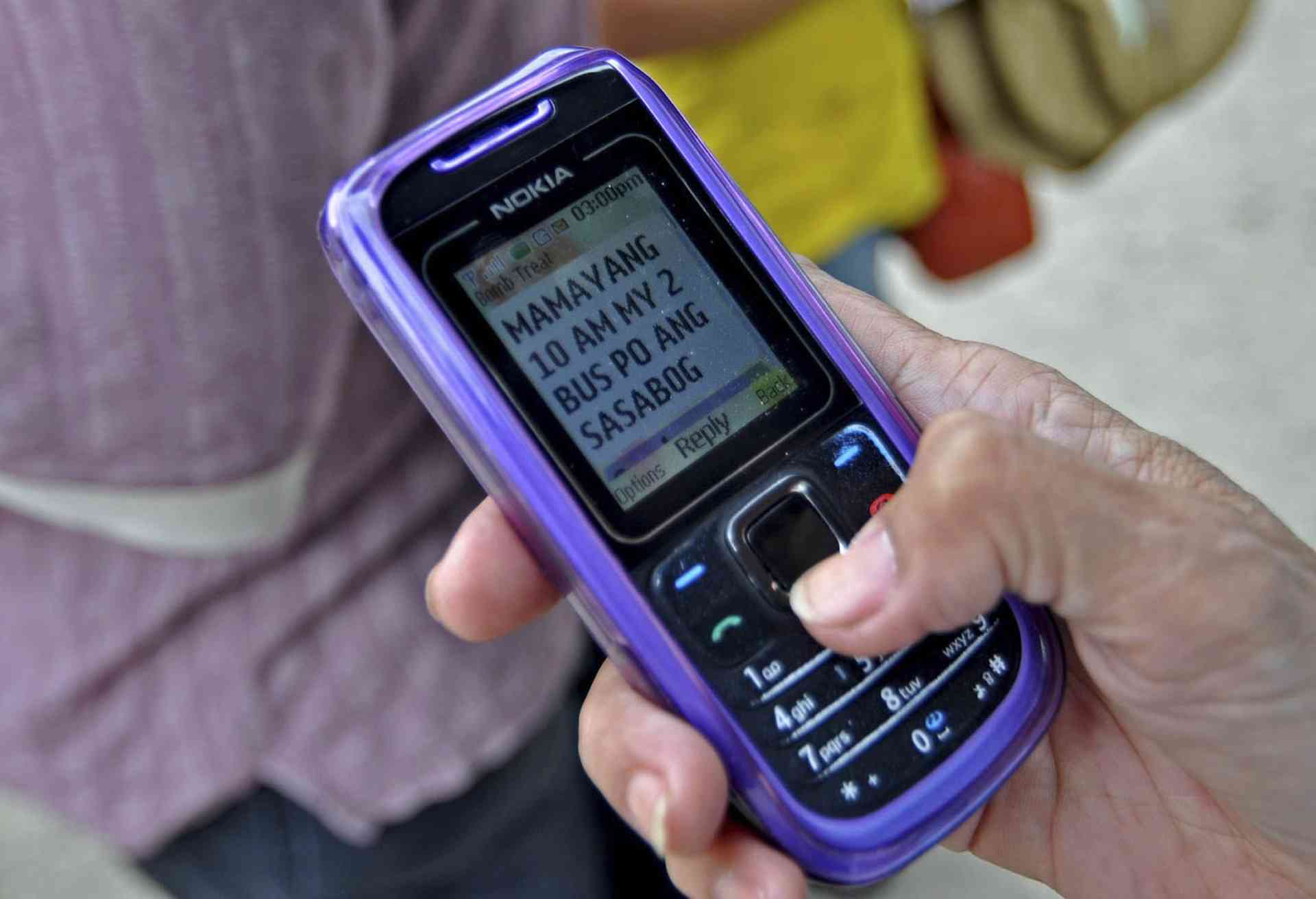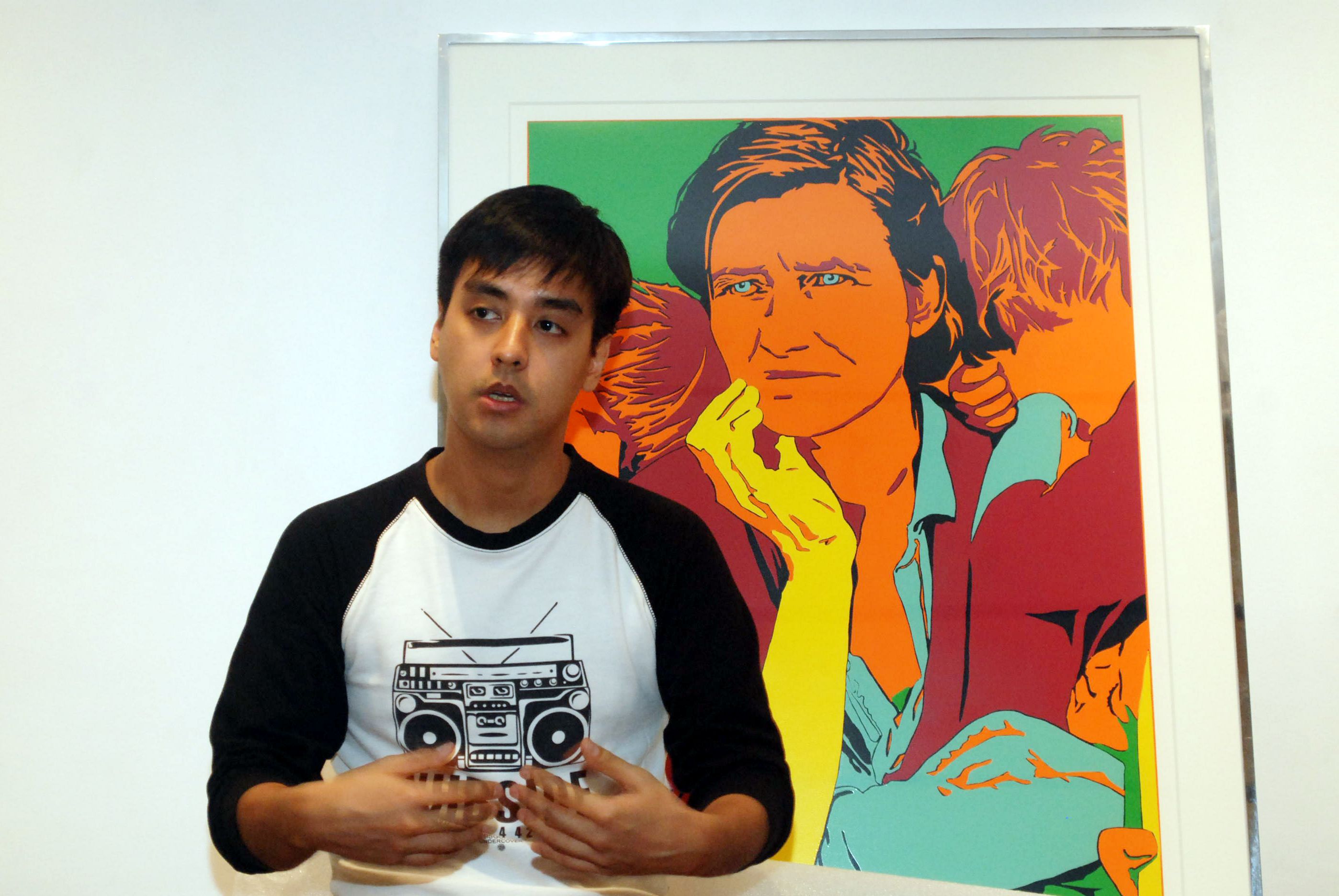A LOCAL sportswriter recounts how Olsen Racela once called his attention to a story he had written.
There was nothing basically wrong with the story – the diligent reporter had all his facts right. But there was one tidbit that the premier point guard wanted settled: “Kailangan pa ba talaga ilagay ’yun? (Did you really have to put that in?)”
The offending item: His age.
Though obviously uttered in jest, the question betrayed the then 34-year-old Racela’s reluctance to reveal how close he was getting to the twilight of his professional basketball career.
These days, however, Racela no longer seems to be bothered by age and aging. He talks about the big 4-O just like his game statistics. In fact, he even appears to relish the occasional times when the media throw in the trivia that he is the oldest active player in the Philippine Basketball Association (PBA).
“I consider it a compliment,” he says a few months after turning 40, “that even at this age, I’m still in the PBA.”
Indeed. But the bigger wonder is how he actually lasted so long in the sport that initially didn’t seem to want him.
When Racela got his first taste of competitive basketball as a scrawny teenager, he remembers how he shouldn’t have been there in the first place.
As a freshman with budding basketball dreams, Racela tried out for the aspirant’s team of the Ateneo high school but failed to make the cut. He eventually made it as a practice player, but as he himself candidly admits, his mother needed to pull some strings among her mahjong buddies to get him in.
Come college, Racela aspired to join the University of the Philippines Maroons, the newly minted champions of the University Athletic Association of the Philippines (UAAP) in 1986.
He had won championships with the Ateneo juniors team, and this should have been enough to boost his stock, or so he thought.
“I tried out, I didn’t make it. That was the story of my life,” he says with obvious self-deprecation.
The rejection led Racela back to Ateneo, where he played as second stringer to Jun Reyes for the Blue Eagles batch that captured back-to-back UAAP titles in 1987 and 1988. By natural progression, he targeted the pro league after graduation. But even his family felt his talent remains a shade below the top tier.
“Before the PBA draft, I was in the States. My tita (aunt) wanted me to stay and work there, but I said I just want to try the PBA first. If I didn’t get drafted, I would return to the States,” he shares.
In 1993, Racela got drafted in the second round as a 12th overall pick by Purefoods franchise Coney Island Ice Cream.
“I was the third point guard drafted after Johnny (Abarrientos) and Boyet (Fernandez),” he says. “But at that time, all I thought about was landing a contract.” True enough, Racela didn’t mind toiling as backup to star guard Dindo Pumaren in two title runs with the Purefoods franchise.
“When I started my career, I didn’t have a decent jump shot. All I had was 100 percent effort,” says Racela. “I know my capabilities. I’m not as talented as the other players. I’m not the best shooter. I know my limits as a player.”
So it came as quite a surprise for him when American coach Ron Jacobs came calling to recruit him for the rebuilding San Miguel squad.
Jacobs laid out his plans for San Miguel, and how Racela figured in those plans.
“They were really trying to recruit Dindo from Purefoods, but they thought that since he’s in the starting five, they wouldn’t give him away,” he says. “So they noticed the backup who wasn’t really turning the ball over, hustled on defense and cheered so much on the bench.”
The Coach explained that he builds his team around point guards. “It made me feel wanted – it made me feel special,” Racela readily admits
That jump to San Miguel in 1997 proved to be the turning point in Racela’s career. From an underrated benchwarmer, the 5-foot-11 cager blossomed into a leader. He displayed unbridled hustle, showcased his smart decision-making and turned into one of the league’s reliable outside shooters.
Accolades soon came pouring, starting with the Second Mythical Team citations in 1998 and 1999, before he moved up to the First Five in the next two seasons. He also earned a spot in the PBA All-Stars five times.
“Being named to the Mythical Five, for me that’s my MVP (Most Valuable Player award). It means that I’m the best point guard,” he notes.
But Racela put prime importance on team championships and wound up picking a total of nine PBA crowns in a career that remarkably spanned 18 seasons.
As with even the best of the lot, age soon caught up with him, and Racela was quick to note that time had made his steps slower, his moves less agile, and his range less sharp.
“I started noticing it two years ago, and I tried to compensate in other ways,” he says. He knew he had to decide when to walk away.
So he marked his 40th birthday last Nov. 1, 2010 (the reason he was playfully nicknamed “Olsen”) as a red-letter day, publicly announcing that the ongoing PBA season would be his final run.
“I think it’s a good way to end a career. I was still playing at a high level,” he says. He also recorded a couple of league milestones just before he decided to hang up his No. 17 jersey.
San Miguel’s top court general has, in the past decade, joined an illustrious list that includes Robert Jaworski, Abet Guidaben, Philip Cezar and Mon Fernandez as the only players in the PBA to have played 900 games.
He also joined the four legends in another list, together with Yoyoy Villamin, as the only players in the league’s 36-year history to remain active in their 40s.
“There are only a few teams and after the conference, (your opponents and the audience) will know your strengths and weaknesses. So your game has to evolve if you want to last in the PBA,” says Racela. “I think my game evolved and improved. Aside from that, I’m blessed that I have an almost injury-free career.”
But like any athletic career, his also had its low points, Racela is just as quick to share.
During his second tour of duty with the national team, the Philippine team impressively made it all the way to the semifinals of the 2002 Asian Games in Busan, South Korea. He looked all set to be the hero as he knocked in a triple that gave the Philippines the lead with just a minute left against host South Korea. But the veteran turned into a goat a few plays later as he bungled two crucial free throws that could have cushioned the team’s advantage.
Those missed shots crushed many Pinoys who love the sport with passion as South Korea snatched the victory by just a point following a buzzer-beating three-pointer.
“People still come up to me and say, ’Sayang yung free throw (You wasted those free throws). And that was almost 10 years ago!” he marvels. “That was my most memorable game—for all the wrong reasons.”
There were critics and hecklers along the way, but he recovered from the infamy. By 2004, in fact, he set a career milestone by dishing out his 2,000th assist.
Racela, too, continued to earn respect from his mentors and peers.
“You can always rely on Olsen, especially during crucial situations in the game,” says Ato Agustin, Racela’s last coach with San Miguel. “His experience over the years, his many championships, he just knows what to do,”
Even players from opposing teams attest to Racela’s genuine kindness off-court. As Talk ’N Text’s Filipino-American guard Jimmy Alapag shares: “A lot of people don’t know that my first experience here in the Philippines was in 2002, when I was here trying out for the RP team. I was new and didn’t know my way around, but Olsen went out of his way to look out for me.”
“He spoke to me a lot during practice,” Alapag adds. “Here’s a guy who had so much success, and for him to extend his hand and take me under his wing in my first five months here in the Philippines… that really meant a lot.”
Coach Chot Reyes also had the unique experience of mentoring Racela at all levels.
“The very first coach he played for was me,” notes Reyes. “I was his first high school coach, his college coach and professional coach. I was also the one who drafted him in the PBA. It’s a great honor for me to be there at the start and end of his career.”
Racela, who confesses that he’s rarely vocal about his feelings, couldn’t quite hold back his emotions when he thanked his late father during a tribute hosted by San Miguel in the recent PBA championship series.
“My No. 1 critic and No. 1 fan, my first coach ever, Cesar Racela, I hope I made you proud,” Racela said in a heartfelt speech during the tribute.
Racela also remains grateful to his supportive mother, Mary Rose, who gave her three sons their quirky names. Aside from Olsen (the nickname which is nowhere near his real name Rodericko Cesar), there’s second son Raoul Cesar, who became Nash (because he was born on National Heroes’ Day), and the youngest Reynaldo Cesar, who got the nickname Wally (for “wala” or nothing, since no occasion marked his birthday).
Emotions again marked Racela’s final PBA game on Feb. 4, 2011.
His wife Melissa cried, as did their children Ryan, Rafa and Raya as they watched their father end his career with San Miguel by absorbing a heartbreaking championship loss against Talk ’N Text in the PBA All-Filipino Cup Finals.
“I was preparing myself for my retirement. But I didn’t realize that you’ll never be prepared for that final moment,” says Racela. “With just a few seconds left in the game, I went to my family behind the bench. We had a group hug and that’s when I cried.”
A few days later, Racela is back in another gym. He’s back on the hardcourt, hoping for another shot at a championship.
But he’s no longer the tested leader orchestrating the plays. This time, he’s calling the shots from the sidelines.
Racela has been appointed head coach of the national youth team. And he’s even doing double duty as he remains on board with San Miguel as an assistant mentor.
“Basketball is my life and I feel that if I coach, I’ll also be giving back to the sport that has been good to me,” he says.
So even in retirement, it seems, there’s no taking basketball away from Olsen Racela. •










































